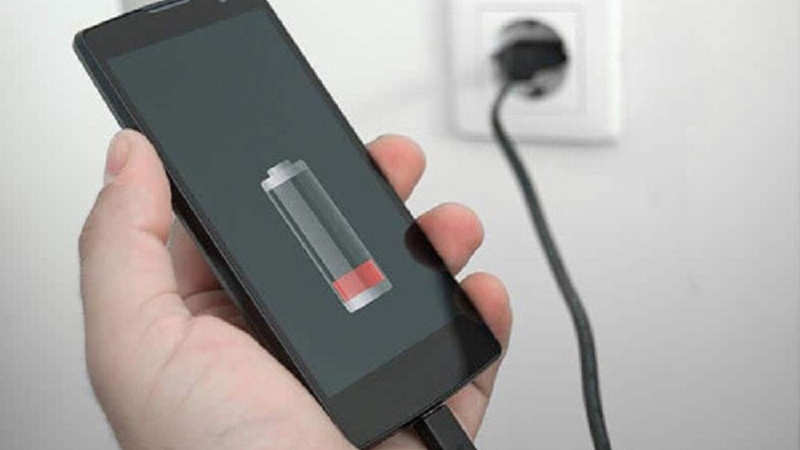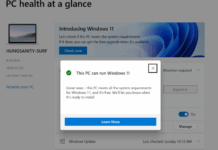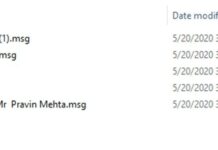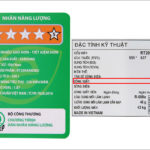Do you have the habit of leaving your phone charger plugged into the power socket? Read on to find out if this habit can be harmful.
1 How Phone Chargers Work
Phone chargers operate on the same principle as transformers, converting high voltage to low voltage and alternating current to direct current. They step down the voltage from 220V to the charging voltage specific to your phone model. This process involves converting alternating current to direct current, which is then fed into your phone.

Structurally, a phone charger consists of two parts: the primary and secondary coils. The primary coil is connected to the input power source, while the secondary coil is linked to the output, which charges your phone. Thus, whether the output circuit is closed (charging) or open (not charging), the input circuit remains closed as long as the charger is plugged in.
2 It Consumes Electricity Even When Not Charging
Given the above principle, the power consumption may be higher when the output circuit is closed during charging. However, the primary coil still consumes power when the charger is plugged in but not charging, as it maintains a closed circuit. This continuous operation can shorten the lifespan of the primary coil if left plugged in for extended periods.

Consequently, there is still a small amount of power loss (known as no-load loss) when the charger is connected to the power source but not to the phone.
3 Potential Safety Hazards
Leaving your phone charger constantly plugged in can reduce its lifespan, accelerate aging, and increase the risk of fire or explosion. Fire safety authorities have issued warnings about this practice.

For households with young children, curious kids playing with or accidentally biting on the charger, or spilling liquids on it, can lead to unfortunate accidents.
The aforementioned reasons highlight why it is not advisable to leave your phone charger constantly plugged into the power socket. This habit can negatively impact the charger’s lifespan and pose safety risks to your family.
We hope this information has been helpful. Remember to unplug your phone charger after use to ensure your family’s safety and save on electricity costs.
You may also like:
6 Tips to Consider Before Buying a Ceiling Fan
Are you looking to purchase a ceiling fan for your big space? Learn more about what factors to consider before making the decision with this helpful guide. From enhancing the atmosphere of your room to providing ventilation and circulation, there are plenty of benefits to choosing ceiling fans. Read on to find out more and make an informed decision.
Increases in Energy Efficiency Achieved with Slow Cookers
As the demand for convenient cooking continues to rise, more and more families, especially those with young children, are turning to slow cookers as a way to create healthy and tasty meals with minimal effort. With so many settings and benefits, slow cookers offer a great solution for busy households.
Dangers of Using Water to Extinguish a Grease Fire
Cooking safely is essential for the wellbeing of everyone in the household. It is important to be mindful of the potential for kitchen mishaps while preparing meals, such as the risk of pots or pans catching fire. To avoid any harm, the following safety measures should be taken into account while cooking.






































